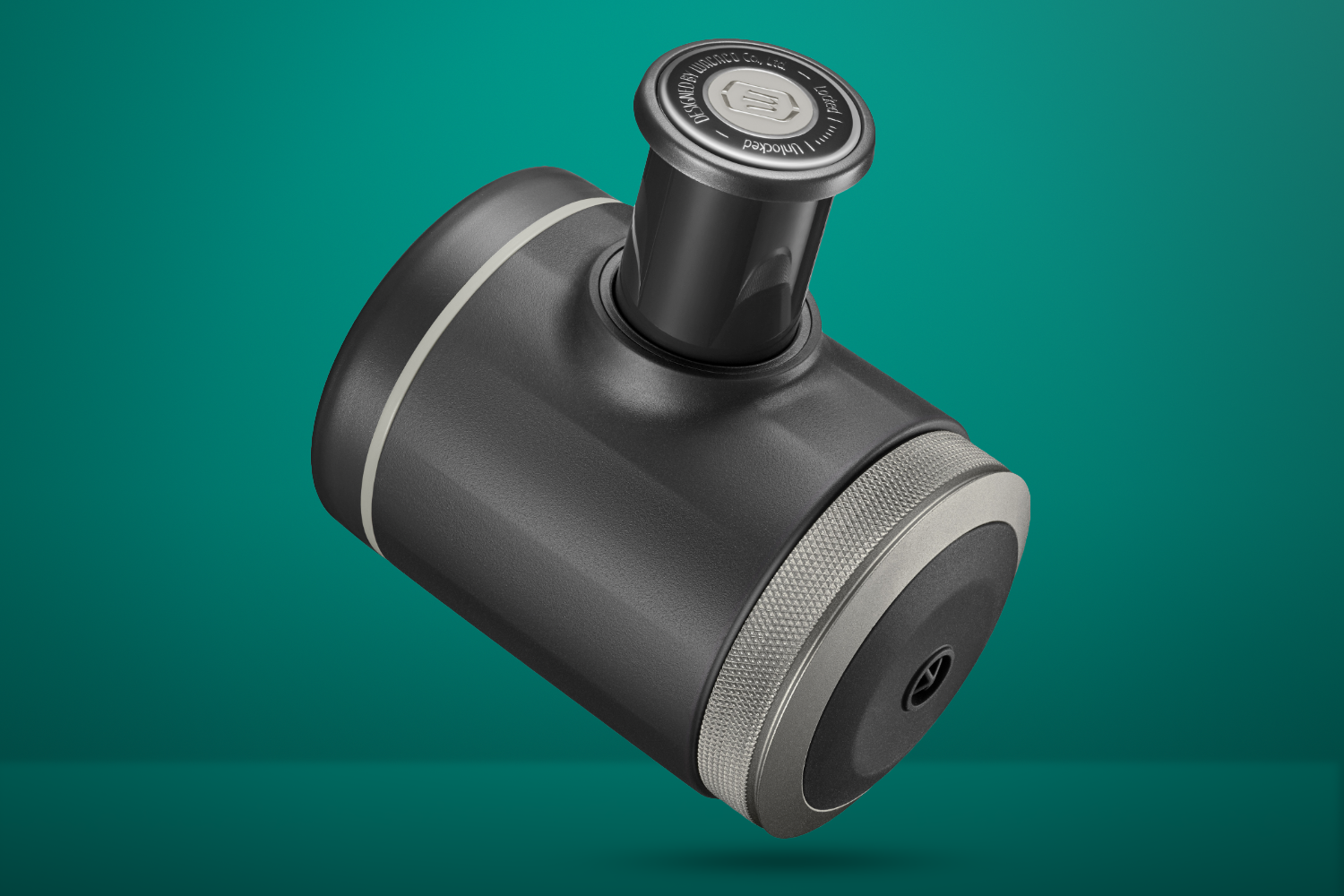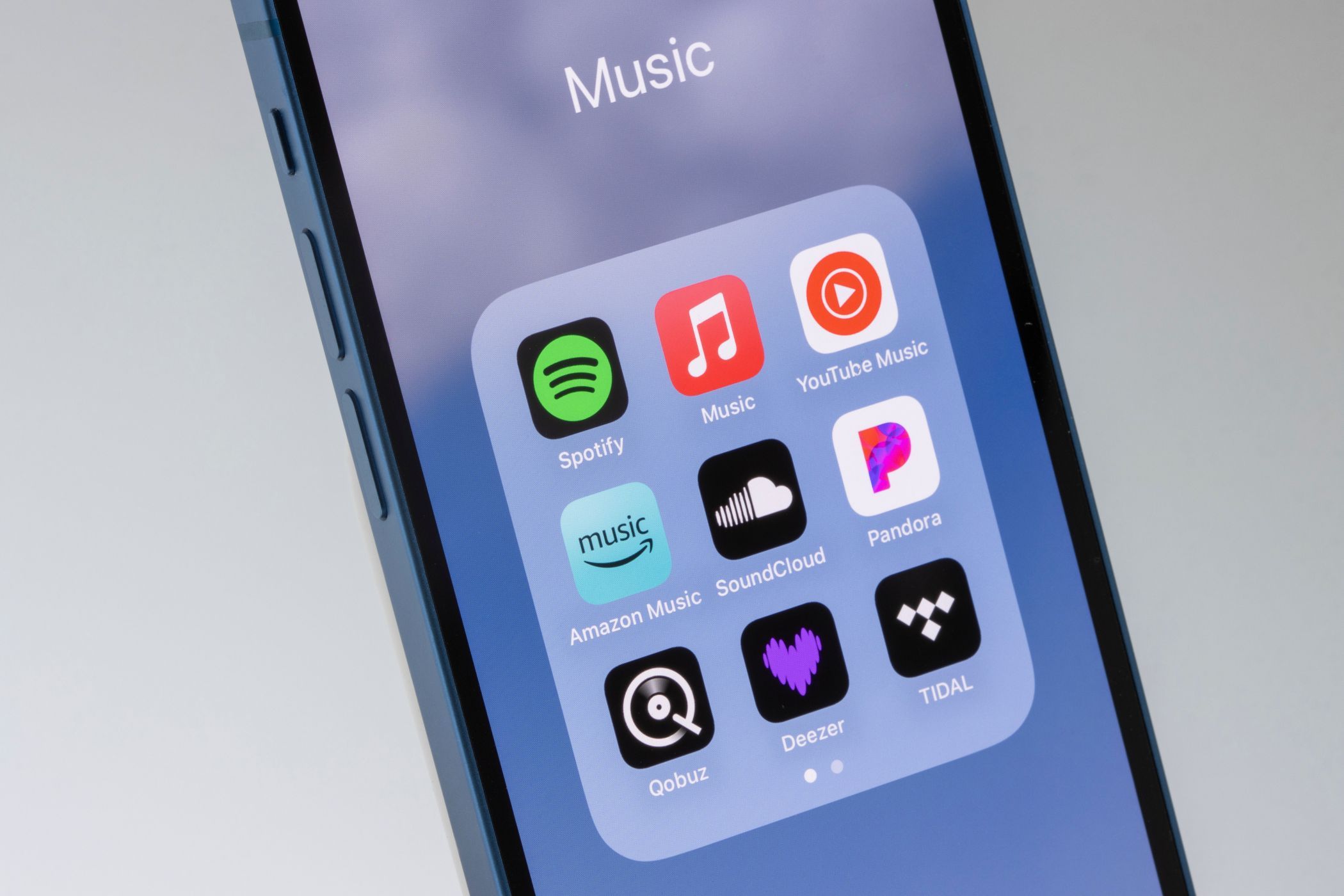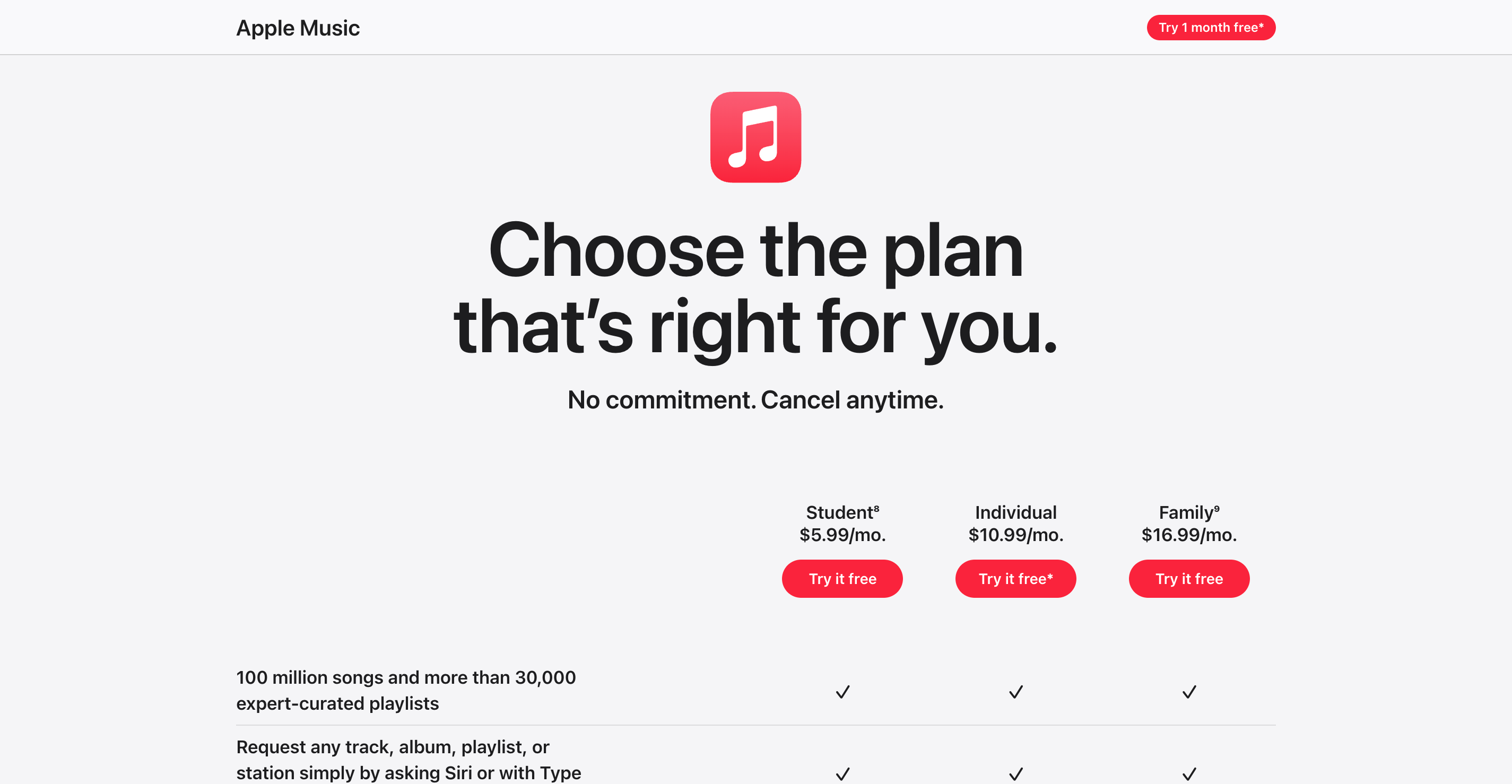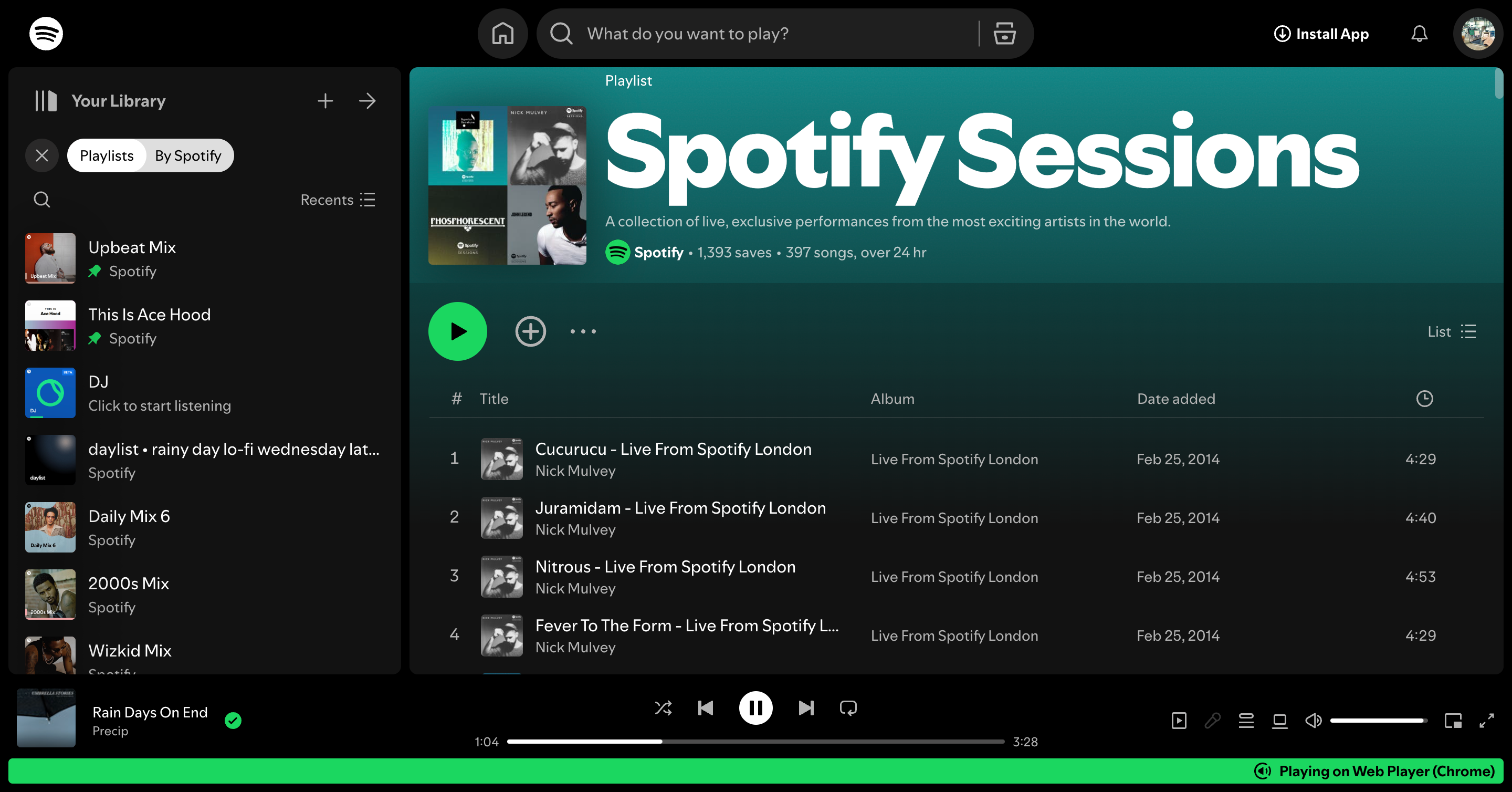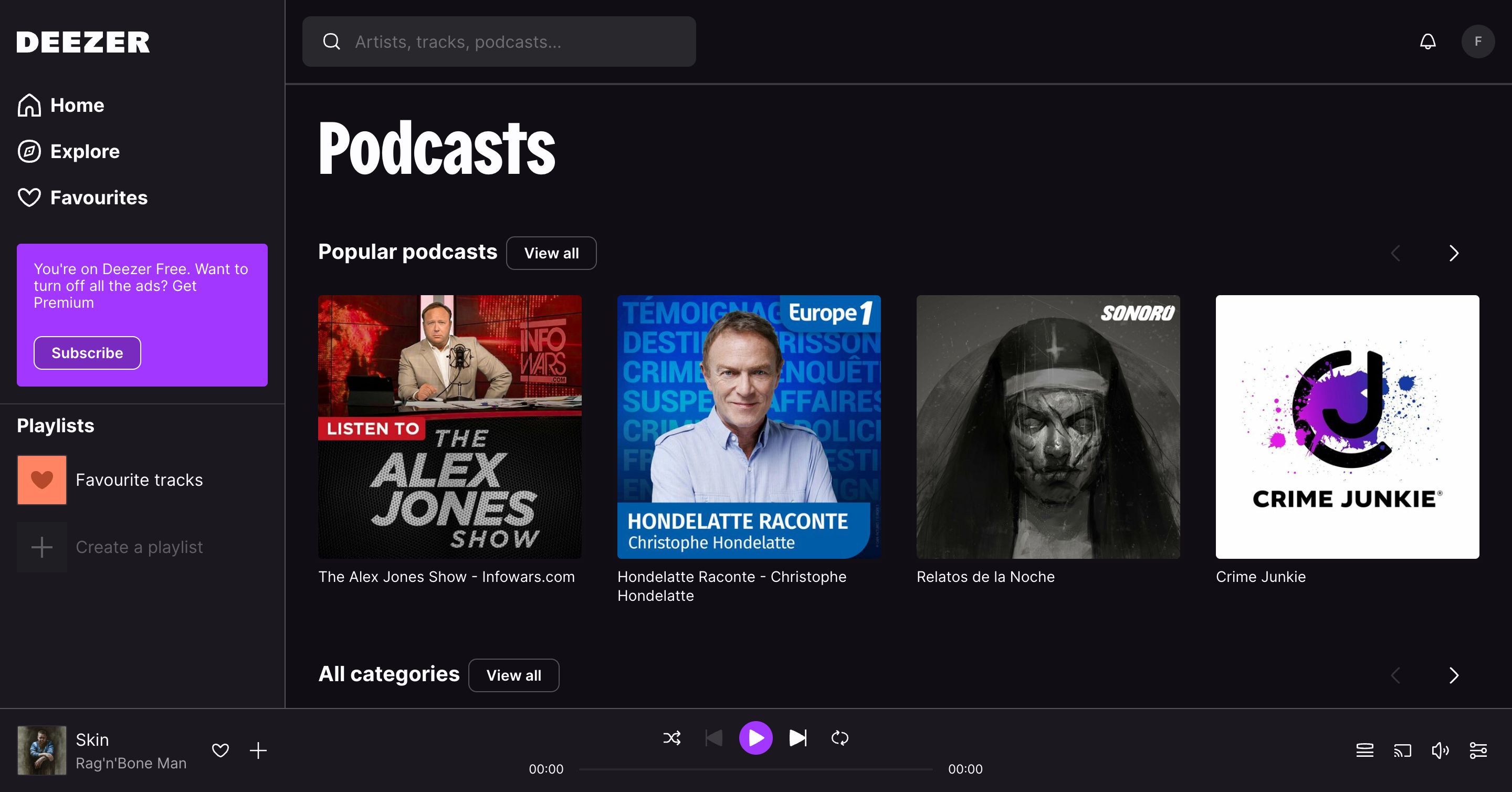Many music streaming services are currently available, from the most popular ones like Spotify, YouTube Music, and Apple Music to the less well-known options like Qobuz and Deezer. If you don’t know which one to pick, here are key factors to consider the best option for your needs.
1 Regional Availability
Despite the vast number of services on the market, not all of them are available in all regions. Similar to video-on-demand services like Netflix, this is due to licensing restrictions. So before you settle for a given service, make sure it’s available in your region. If your region is supported, you can access the service without any hiccups and won’t need to hide behind VPNs.
Mainstream music streaming services are typically available in more regions, so they’re likely to be accessible in your region as well. Spotify, for example, is available in over 180 countries, according to Spotify’s About page. In comparison, according to a Qobuz support page, Qobuz is only available in 26 countries.
However, the number of countries supported shouldn’t be an issue. The key consideration is whether the service is available in your region. Visiting a service’s website is enough to let you know whether the platform is available in your current region.
2 Music Streaming Quality
Music quality is one of the key factors you need to look out for when selecting a music streaming service. While it would be best if all services offered the highest quality as a standard, that’s unfortunately not the case. Different music streaming services offer different audio playback qualities.
If we take Spotify as an example, the service allows you to stream audio at a maximum bitrate of 320kbit/s on its desktop and mobile apps, but only up to 256kbit/s using its web player. Apple Music, on the other hand, has its lossless audio compression technology called Apple Lossless Audio Codec (ALAC), which allows users to stream audio at different resolutions, ranging from 16-bit/44.1 kHz (CD Quality) up to 24-bit/192 kHz.
Audio quality is just one of the many differences between Spotify and Apple Music. So, if you care about streaming quality, pick a service that offers higher quality. You can also look at high-resolution music streaming services that prioritize audio quality.
3 Pricing Tiers and Bundling Options
Most music streaming services have a monthly subscription price, which allows users to access and play millions of songs. Most paid music streaming services have plans around or slightly above $10. Apple Music, Tidal, and Amazon Music Unlimited cost $10.99 a month, while Spotify and Deezer cost a dollar more. With most priced are priced similarly, you should consider whether they are bundling options that could make one service cheaper than the other.
For example, Amazon Music Unlimited costs $10.99 per month, but Amazon has a separate plan called Amazon Music Prime, which is free if you have an Amazon Prime subscription. Subscribing to YouTube Premium also unlocks YouTube Music for free.
If you don’t want to pay for music, you should check whether the service in question offers a free tier. Spotify and Deezer do offer free plans, although Deezer only offers the free tier in certain regions. Alternatively, instead of hunting for services with free tiers, you can check out free music streaming services.
4 Catalog Size and Exclusivity
This is another area that sets music streaming services apart, and you should consider it when picking one. You may want to pick a service with a bigger catalog as a larger catalog size means a broader selection of songs, albums, and genres.
If you enjoy discovering new music or listening to diverse styles, opting for a service with a vast library is essential. Spotify, for example, boasts a library of over 100 million tracks while Tidal says it has over 110 million tracks.
While exclusivity is no longer standard in the music streaming industry, there are some songs and artists you won’t find on certain platforms. You should therefore check the availability of your favorite artists, albums, or songs on the given platform before committing. A free trial or free tier should help you figure this out.
5 Ease of Music Discovery
Another critical factor to consider when choosing a music streaming service is the ease of music discovery. Music streaming services have tens of millions of songs in their catalog. With countless tracks available at your fingertips, having an intuitive and effective way to find new music can significantly enhance the listening experience. Using the service will be tedious without a proper system for music discovery.
There are different aspects to consider as far as music discovery is concerned. The first aspect is the availability of personalized recommendations. Thankfully, most music streaming services have machine-learning algorithms in place for this purpose.
Secondly, the service should have a user-friendly interface to make searching and navigation easier. Finally, the service should have curated playlists based on different aspects, like genres, mood, activity, season, and more. All three play a key role in making music discovery easier. Additionally, you can still use music discovery apps to find new songs.
To gauge a platform’s user-friendliness and ease of music discovery, you should try the free tier if it’s available, or if not, use the free trial option.
6 Cross Platform Support
Before selecting a given service, ensure it’s available across multiple platforms. You probably have more than just a smartphone, so it’s important to evaluate the devices you use and check if the service is available across those platforms. For example, if you have an Android smartphone, a Google TV, and an iPad, ensure that you can access and stream music across these devices.
By prioritizing cross-platform compatibility, you’ll ensure your music is always within reach, no matter where you are or what device you use.
7 Availability of Other Content
Some music streaming services offer more than just music, so considering the availability of other content, such as podcasts and audiobooks, is crucial for convenience. If a platform offers podcasts, you won’t need a separate app, enabling seamless transitions between music and podcasts.
Spotify, Pandora, and Deezer offer podcasts, some of which are exclusive. Additionally, Spotify also offers audiobooks in certain regions.
However, if you don’t want your music streaming app to include more than music, you can trim down your options by only considering platforms that offer music.
Choosing the right music streaming service comes down to your preferences and availability. These factors are essential when selecting a music streaming platform, no matter where you are. By considering these factors, you can make an informed decision and pick a service that suits your needs.


